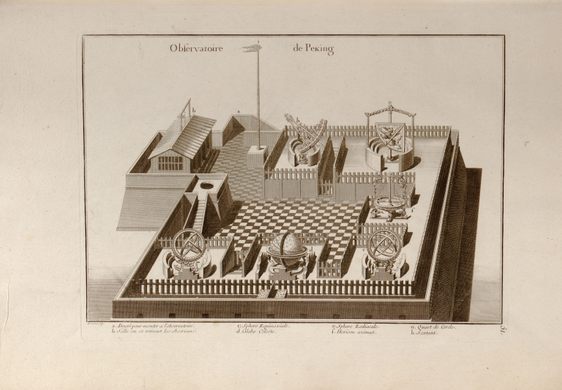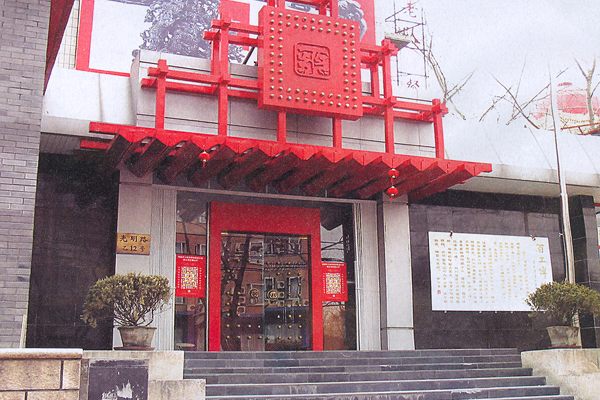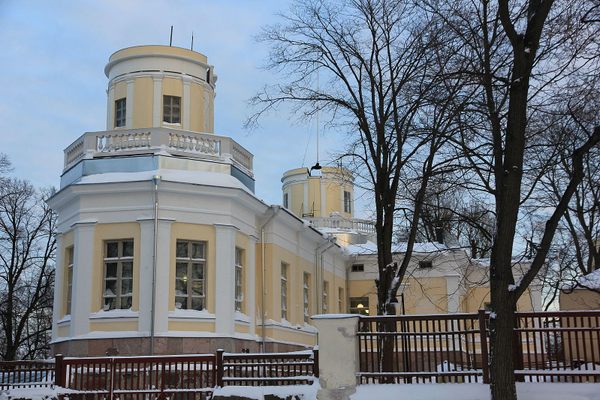Beijing Ancient Observatory
This ancient Chinese observatory still contains early astronomy technology.
The Beijing Ancient Observatory is one of the oldest stellar observation sites in the world, and even more astoundingly, it operated entirely without telescopes.
The historic observatory was originally built in 1442 during the Ming Dynasty but was the evolution of an older, smaller observatory established in 1227. The eight original instruments for star-gazing were installed during the Ming Dynasty’s stewardship but were stolen and returned several times over the years, both by invading countries and by changing political regimes. However, the ancient steel instruments have always made their way back to the observatory.
The ancient instruments include large versions of standard cartography tools such as an ornate sextant, and more exotic instruments such as the azimuth theodolite and the armillary sphere, both of which were used to measure stellar distances as best as they could give the technology. Much of the science behind the tools was based on a mix of Western and Eastern teachings, but all of the ancient instruments feature extensive Asian flourishes in the metalwork such as dragons, lions, and floral swirls.
All of the tools at the Beijing Ancient Observatory are located outdoors on the top of an ancient building that was once known as the “Platform of Star-Watching.” The building itself is now part of the Beijing Planetarium and houses a museum dedicated to Chinese astronomy and any visitors to the site can not only see the stars but through time itself.
A replica of one of the instruments is also located in Belgium.





























Follow us on Twitter to get the latest on the world's hidden wonders.
Like us on Facebook to get the latest on the world's hidden wonders.
Follow us on Twitter Like us on Facebook